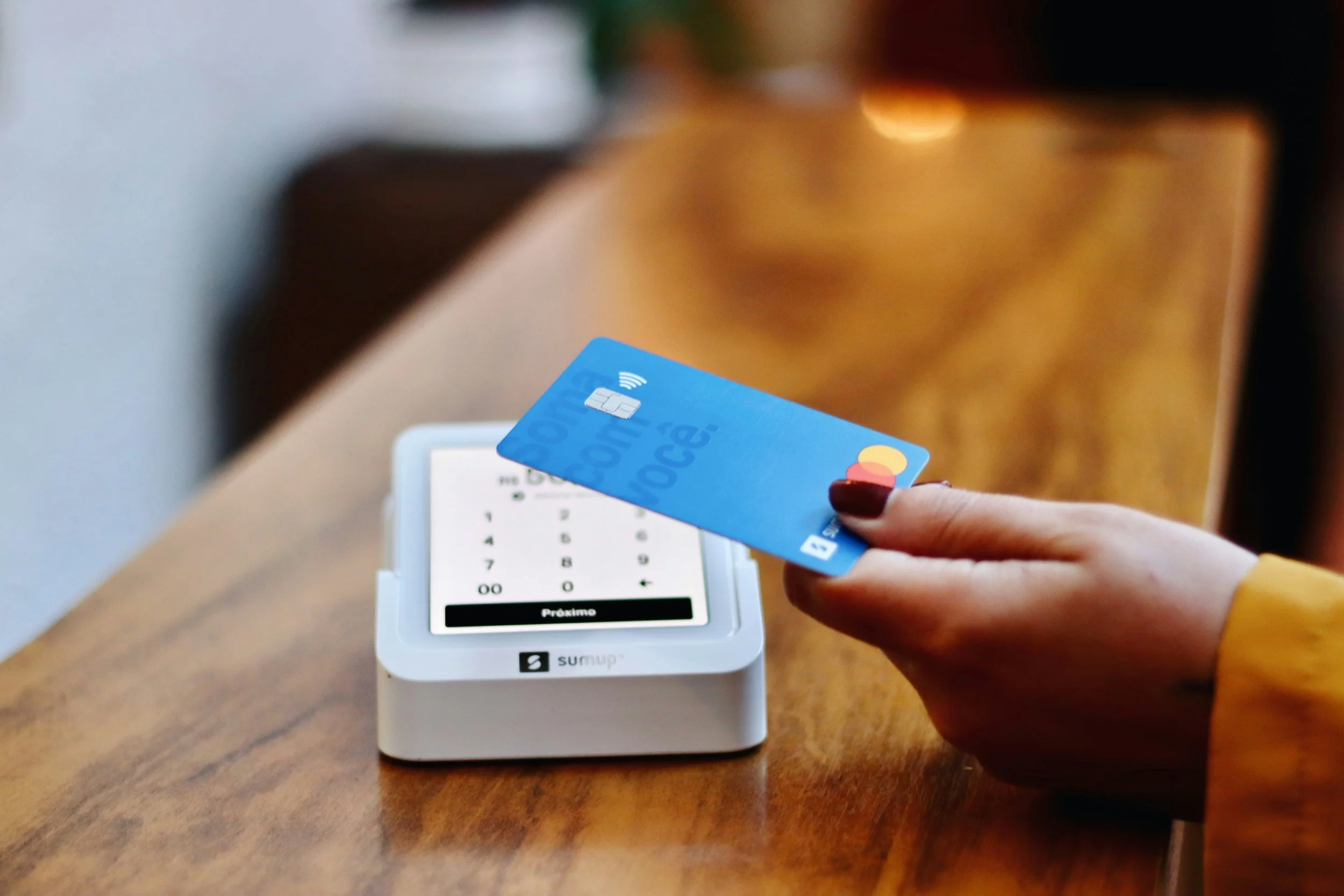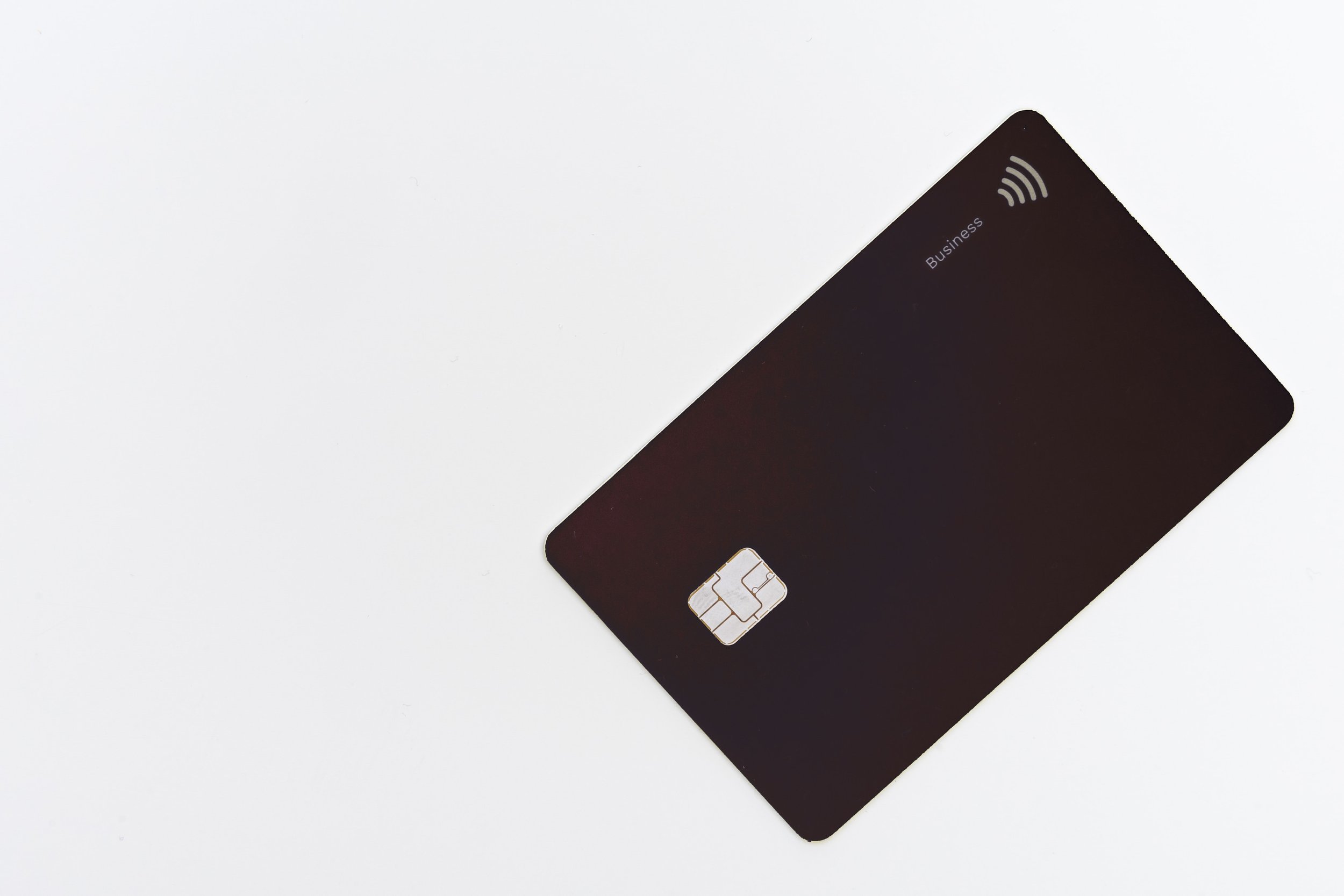
Empowering Commerce, Elevating Control: A Seamless Merchant Management Experience in the Unified Payments Universe.
Overview
As a UX designer, my goal was to create a seamless and user-friendly Merchant Management Application within the Unified Payments ecosystem. This project aimed to streamline the process of organizing and overseeing merchants, ensuring a comprehensive and efficient user experience.
Project Context
The Unified Payments ecosystem required a robust solution for managing multiple merchants, and the Merchant Management Application aimed to address this need. The project involved creating a hierarchy, user management tools, system navigation, and an optimized Dashboard for quick decision-making.
Research Phase
Uncovering User Pain Points
During the initial research phase of the Merchant Management Application project, my focus was on delving into the daily challenges faced by users responsible for managing multiple merchants within the Unified Payments ecosystem. This phase was crucial for identifying pain points, understanding user needs, and establishing a foundation for a user-centric design.
Approach
User Interviews: Conducted in-depth one-on-one interviews with stakeholders, administrators, and users responsible for overseeing merchant operations. This allowed for a nuanced understanding of their workflows, challenges, and expectations.
Findings
Complex Hierarchy
Users expressed frustration with the lack of intuitive tools for creating and managing a hierarchical structure. The existing process was cumbersome and time-consuming, hindering their ability to efficiently organize merchants.
Interface Usability Concerns
Feedback consistently highlighted difficulties in navigating the system. Users struggled with the current interface, emphasizing a need for a more user-friendly design that would simplify their interactions with the Merchant Management Application.
Operational Inefficiencies
Users identified operational inefficiencies caused by the absence of streamlined tools. The process of overseeing individuals within the system was disjointed, affecting overall operational smoothness.
The research phase set the stage for a user-centric design approach, ensuring that the Merchant Management Application would directly respond to the identified pain points and result in a solution that enhances the overall user experience.

Design Goals
Efficient Hierarchy
Develop a system allowing users to effortlessly create and manage a hierarchical structure for efficient organization.
User - Friendly Navigation
Create an interface that allows seamless movement within the system, enhancing the overall user experience.
Robust Tools
Design user management tools to oversee individuals within the system, ensuring smooth operations.
Optimized Dashboard
Implement a resolution to enhance the Dashboard view for quick and informed decision-making.
Prototyping
The mockups are meticulously designed with a focus on simplicity, functionality, and an improved user interface. This design philosophy ensures that Credit Shield users can efficiently navigate and manage their user hierarchy with ease.
Challenges Overcome
-
Navigating the landscape of integration complexity proved to be a pivotal challenge during the development of the application. The diverse array of user roles, each with distinct functionalities and access levels, necessitated approach to integration. By employing architectural strategies, such as modular design and API-driven development, we successfully harmonized the diverse components into a cohesive system. This not only ensured smooth interactions between different modules but also facilitated seamless scalability as new features and user roles were introduced.
-
Effectively presenting complex financial data in a manner that is both informative and easily understandable emerged as a challenge in the development of the application. To address this, we implemented innovative data visualization strategies, leveraging interactive charts, graphs, and intuitive dashboards. These visual elements were carefully designed to distill financial information into insights. User feedback and usability testing played a huge role in refining these visualizations, ensuring that they not only met industry standards but also aligned with user expectations. The outcome was an information-rich yet accessible interface that empowered users to make informed decisions by interpreting financial data with clarity and precision.
Disclaimer:
Due to confidentiality agreements (NDAs), I am unable to showcase the full process for certain projects on this portfolio. However, I would be happy to provide more detailed insights and discuss my contributions during an interview.








